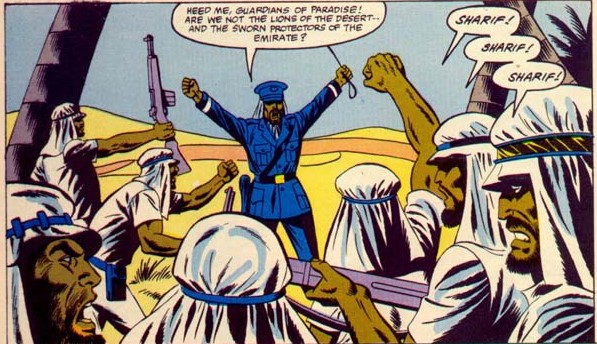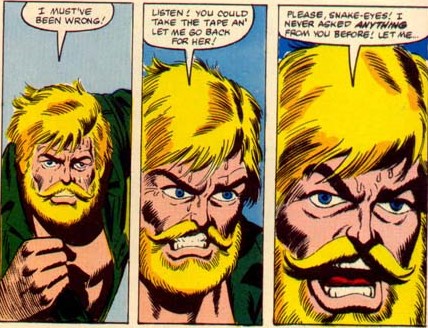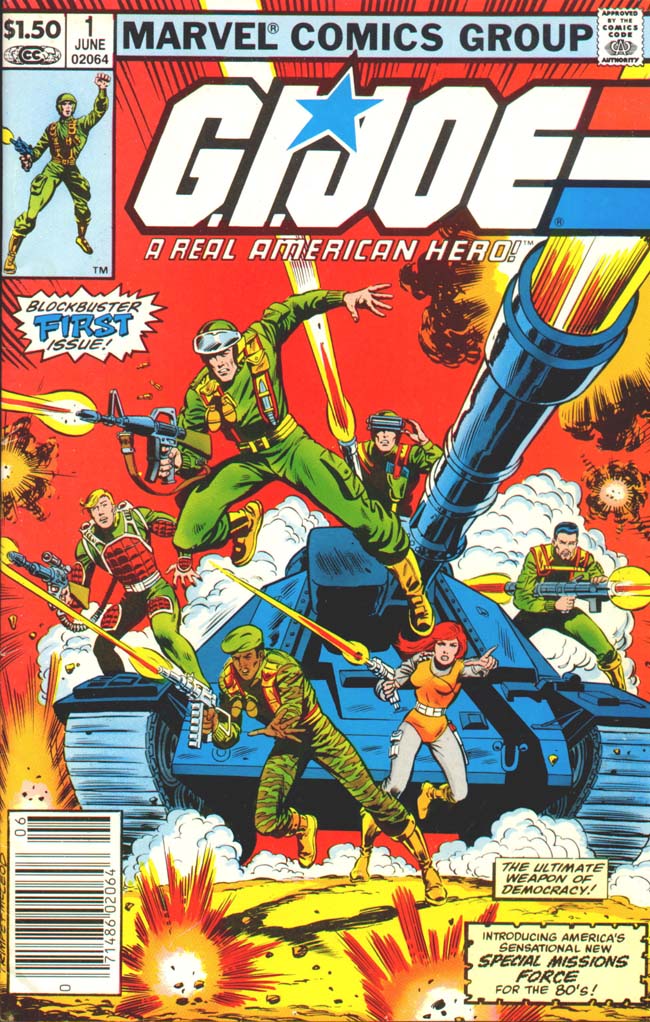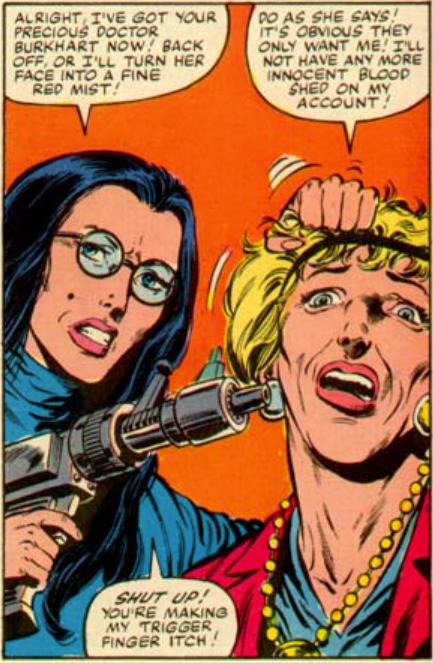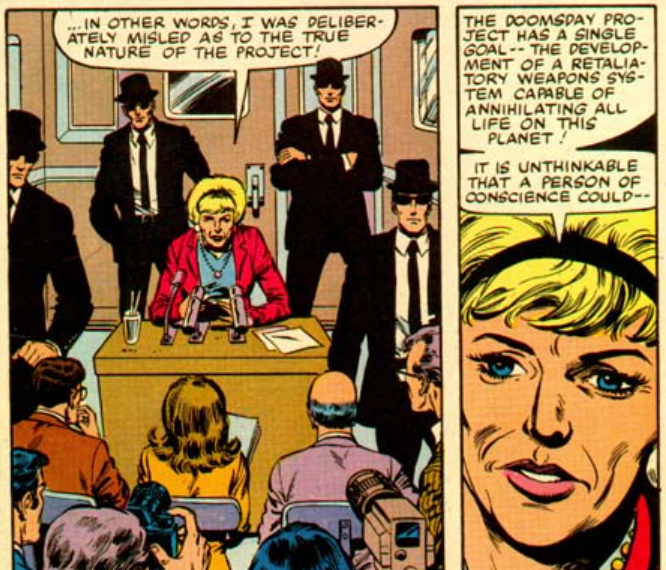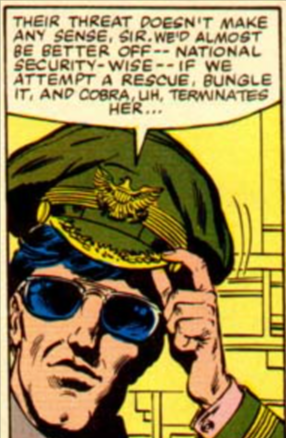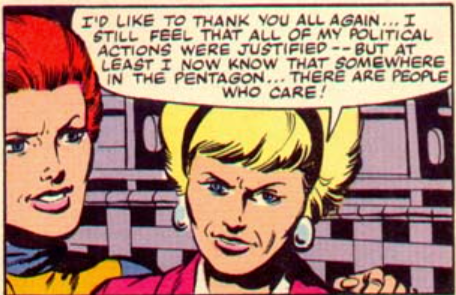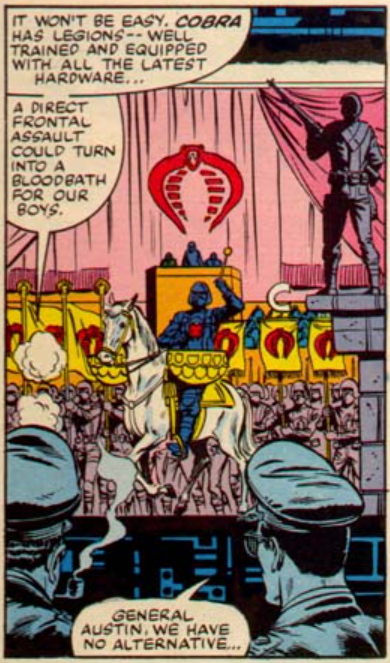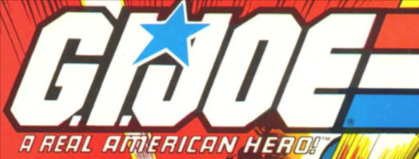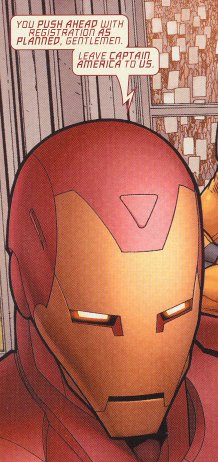This post is part of a series revisiting Marvel’s 1980s GI Joe comic books. Here’s an introduction to this series.
What’s the story?
Determined to locate the Joes’ hidden headquarters, Cobra allows one of their combat robots to fall into the hands of GI Joe. Once the robot is moved to the Pitt—the Joes’ headquarters, hidden beneath the real-life Fort Wadsworth in Staten Island—the robot activates. Its programming directs it not just to battle the Joes, but to make its way to the outside world, where it can broadcast to Cobra the location of the Pitt. Through a combination of ingenuity and luck, the Joes stop the robot before it can expose the location of their secret base.
What’s noteworthy about this issue?
The Pitt. Like any team of superheroes, the Joes need a headquarters—preferably, a secret one. As we learn in this issue, this is the Pitt, a subterranean base concealed beneath the utterly innocuous-sounding Chaplain’s Assistant School in Ford Wadsworth, New York. The Pitt’s location and features will be important in future issues, so we get a pretty thorough explanation of its layout and organization. It descends six levels below the surface—deep enough that its lowest levels would escape the effects of a “small nuke”—and contains different levels for vehicle storage, personnel quarters, and more. Importantly, Cobra does not (yet) know its location.
Hacking before the internet. The evil robot’s first action, once it reactivates, is to “hack” the Joe computer network to imprison the Joes in their own base. The robot must access the Pitt’s computer system to do this—but don’t forget, this is September 1982, well before the internet (as we know it today) existed. This means that when the robot “hacks” the Joe’s computer network, it must physically interact with their computers by detaching its hand to type on a physical keyboard. Be patient; in just two years, William Gibson’s Neuromancer will be published, and our idea of what “hacking” looks like will begin to evolve. But for now, the robot must type its sinister commands into an actual, specific computer console.
Indistinguishable Joes. This issue highlights a design problem with the original lineup of GI Joes: they all look alike. This issue features (among others) classic Joes like Zap, Clutch, Steeler, Breaker, Hawk, and Flash… all of whom wear a variant of the exact same green uniform. Yes, there are obvious efforts to give them visually distinct elements—Breaker is always blowing a bubble-gum bubble, for example—but for the most part, these characters are all visually indistinguishable from one another, especially in big action-heavy panels. (Imagine if every character in the Justice League wore a blue outfit with a red cape.) This is something that will evolve over time—already, we’ve seen that Scarlett’s uniform is visually distinct—and perhaps in recognition of this problem, most of the Joes will eventually come to sport unique (and sometimes laughably outlandish) outfits. Laugh at Shipwreck and Dr. Mindbender all you want, but you can always tell at a glance who you’re looking at.

Ingenuity over weaponry. Once the Cobra robot reactivates, it rampages through the Pitt, trying to make its way to the surface. The Joes stuck in the Pitt with it have been denied access to their regular weapons, so they must try to stop the robot with clever environmental traps and strategies. This leads to a fun sequence of inventive tactics: they try to drop it down an elevator shaft; crush it with falling machinery; blind it by throwing paint on its visual receptors. They ultimately defeat it by luring it over a deep drop concealed by an aluminum sheet that its radar doesn’t recognize as a trap. It’s all very clever and entertaining, and a reminder that what sets the Joes apart is their ingenuity, not their fancy hardware (no matter how many awesome GI Joe vehicle playsets I drooled over as a child).
The Thing, again. I mentioned that the last issue seemed to have been playing off the popularity of John Carpenter’s The Thing, which was in theaters at the time these comics hit the stands. In this issue, the artists once again seem to be leveraging that movie’s iconic imagery with their depiction of the Cobra robot’s decapitated head:
That’s reminiscent of The Thing‘s grotesque spider-heads, right? Am I reading too much into this?
All in all: a fun issue that establishes the Pitt as an important location that will definitely figure into future issues (and future Cobra plans). Next up is issue #4, “Operation Wingfield.” Yo Joe!












